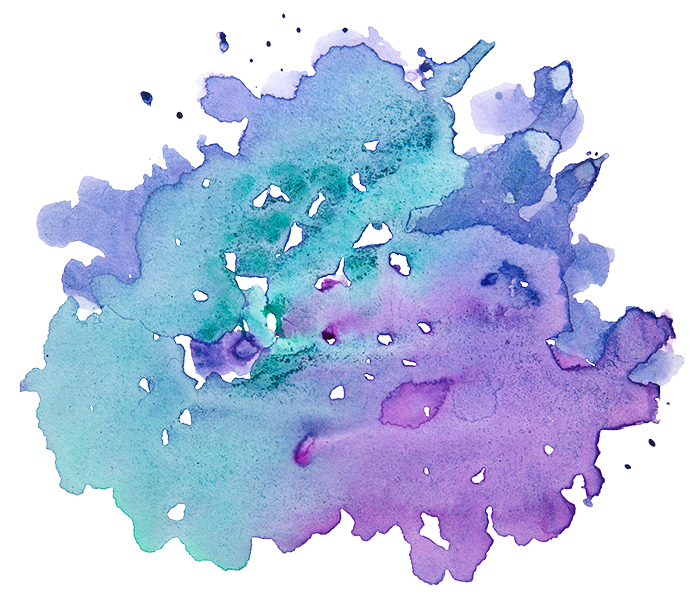By Nora Smolonsky
*This post originally appeared in Fresh Ideas from HBI, the blog of the Hadassah-Brandeis Institute.
 As someone who is not a practicing Jew, I felt reservations before going to Mayyim Hayyim, a mikveh in Newton, MA. To be honest, I was not entirely sure what a mikveh was. I was worried that I was not Jewish enough, knowledgeable enough, or even pure enough to feel comfortable in such a sacred space. But after a few minutes of being there, I was put at ease by our guide Leeza Negelev, the Associate Director of Education, who greeted us with a welcoming and unassuming attitude. As she taught us about Mayyim Hayyim, I was quickly engrossed by the details and religious context of the ceremony.
As someone who is not a practicing Jew, I felt reservations before going to Mayyim Hayyim, a mikveh in Newton, MA. To be honest, I was not entirely sure what a mikveh was. I was worried that I was not Jewish enough, knowledgeable enough, or even pure enough to feel comfortable in such a sacred space. But after a few minutes of being there, I was put at ease by our guide Leeza Negelev, the Associate Director of Education, who greeted us with a welcoming and unassuming attitude. As she taught us about Mayyim Hayyim, I was quickly engrossed by the details and religious context of the ceremony.
Since I was not yet aware of the history of mikvehs, the fact that Mayyim Hayyim is the first non-denominational community mikveh was totally lost on me. It was not until we had a discussion with our fellow interns from the Hadassah Brandeis Institute that I became aware that mikvehs are not always accommodating or accessible spaces. As our conversation and lesson about the mikveh and Mayyim Hayyim continued, I found myself in awe of the unique place I was in.
Mayyim Hayyim literally means “living waters.” The Torah states that men and women alike are obligated to immerse in a mikveh for various reasons, as they both have the potential to become ritually impure. Men were once obligated to go to a mikveh after genital emission, but this action eventually became non-obligatory, as it could be a daily occurrence for men and thus too inconvenient and challenging. But one of the primary uses of mikvehs today is for niddah, when women immerse after menstruation and physical separation from their spouses. Mayyim Hayyim is an intentionally progressive space made to accommodate and celebrate the needs of all Jews. With mikveh guides of all genders, the space is open to Jews of all genders.
As gender has traditionally defined aspects of who is able to participate in mikveh ceremonies, I was moved by the fact that Mayyim Hayyim not only accepts people of all gender identities, but they also have specific ceremonies to honor gender transition and the process of coming out. The guest book was full of experiences from people who had been turned away by other mikvehs because of their lifestyle or identity, but were honored and cherished at Mayyim Hayyim.
I was also inspired by the intentionality of the physical design. Mayyim Hayyim inhabits a 200 year old house, but the actual mikveh space was built 12 years ago (it is now of Bat Mitzvah age, as Negelev pointed out) and was designed with purpose. In the space outside of the mikveh, the ceiling that lets in natural light is meant to make the participant feel connected to the outside world and spirit. Above the door between the mikveh and the hallway is an open window that allows loved ones of the one immersing to be able to hear the ceremony and communicate with each other. Inside the actual mikveh, the ceiling arcs downward over the water, creating an intensely personal and private experience for the person partaking in the ritual.
 While going to Mayyim Hayyim made me want to learn more about ritual purification in Judaism, more than anything, it inspired a strong desire to participate in a mikveh ceremony as I am in a transitional stage in my life. Simply being inside of the space, even without participating, was incredibly calming and spiritual in a way I cannot describe. So, I made myself an appointment to participate in a transitional ceremony and immerse in the mikveh for the very first time.
While going to Mayyim Hayyim made me want to learn more about ritual purification in Judaism, more than anything, it inspired a strong desire to participate in a mikveh ceremony as I am in a transitional stage in my life. Simply being inside of the space, even without participating, was incredibly calming and spiritual in a way I cannot describe. So, I made myself an appointment to participate in a transitional ceremony and immerse in the mikveh for the very first time.
Nora Smolonsky is a Hadassah Brandeis Institute Gilda Slifka summer intern and a recent graduate of Concordia University.

